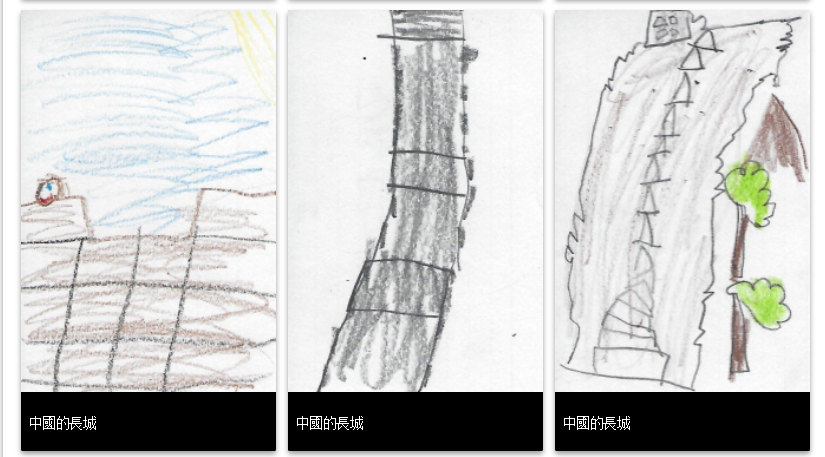Summary
In order to understand and apply Enlightenment philosophies, students are required to research a historical Enlightenment figure in terms of how this figure would respond to a variety of topics such as justice, slavery, individual rights, freedom, and government influence. The student research requires them to fully understand the perspective of these Enlightenment thinkers. After conducting the research for one class period, students create business cards for their individuals and engage in an Enlightenment Salon and discussion the following class period. The Salon has two stages, 1) a mingling stage where students walk around the room, exchanging business cards and discussing their views on certain topics. The purpose of this stage is to give students the opportunity to collaborate and identify potential adversaries or allies within the room, while also giving them an opportunity to practice their public speaking and solidify their ideas and perspectives. 2) The second stage is a more formal Socratic discussion/debate where the teacher announces a topic and then steps back. The students are seated in a large circle and must respond in character to the topic. They are tasked with furthering the conversation and expressing their opinion about the topic while always citing specific historical evidence that backs up their opinion. Topics that are discussed are both historical and modern issues as students are supposed to be able to critically think how their individual might have addressed them.
TIPC Ratings
Ideal/Target: Students are constructing their own research questions to find information about their historical figure, while also having to synthesize the information use it in an authentic experience. They must use their research to critically think and respond to ambiguous topics. Their technically is not a write or wrong answer, so they must research and justify their opinion. Ultimately, this information will be displayed through the conversation they have with each other and the business cards they create.
Approaching: Students are required to communicate their thoughts and research in a unique way. They are able to collaborate during the Stage 1 of the discussion where they bounce ideas off of one another. They are also required to reflect on their performance in a written prompt after the activity. The communication piece is definitely meaningful as the topics they are addressing are large, open ended themes such as justice and freedom which are relatable to modern issues.
Ideal/Target: Everything the students must do in the lesson requires them to critically think in an authentic way. They research through the lens of a critical eye. They think on their feet and critically think when they are responding to one another during the discussion, and they must critically think and evaluate their performance during the reflection paper.
Approaching: Students are presenting information in a unique way, they are thinking on their feet, and they are analyzing one another as they evaluate the roles of different students to try and figure out who they can ally with, or who they should be wary of. During the lesson, there is a good amount of synthesis occurring as students often will change their arguments, or see different perspectives as the views of other students are expressed. This synthesis allows them to reflect and generate new ideas on how their character might answer some of these questions. This lesson truly forces them to think like an Enlightenment thinker and question their motivations!
Student Artifact
enlightenmentsalon from HCPS Instructional Technology on Vimeo.
Download Files

Contents:





